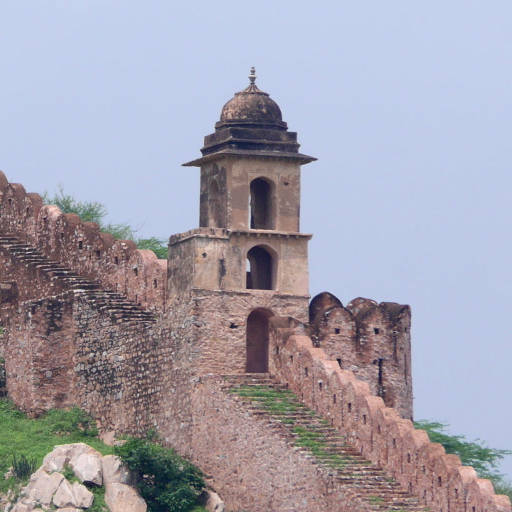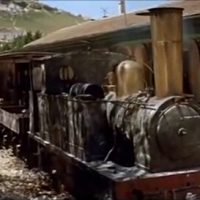Prior to the liberalization of the Indian economy in the 1990s, the only television channel in the country was the state-run Doordarshan. When the airwaves opened to private investment, the number of television stations broadcasting in India exploded. In addition, the introduction of satellite television at around the same time brought television to remote and hilly areas that would have been difficult to serve by conventional transmitters.
Today, the amount of material produced for Indian television is staggering. I tend not to be particularly interested in television (I prefer the narrative framework of movies), but I can’t help being intrigued by a genre of show that has no direct analog on American TV: the Indian serial. Like American soap operas, Indian serials broadcast new episodes each day of the week. Unlike soap operas, though, many Indian serials enjoy mainstream popularity; the most popular are broadcast at prime-time. Furthermore, the serial format in India does not constrain shows to a particular genre. Serials may be sitcoms, historical dramas, or even retellings of the Hindu myths.
Last summer, when I was studying Hindi in Jaipur, the family that I stayed with had a TV in their dining room, which they enjoyed watching at mealtimes. The grandmother’s favorite show was Devon ke Dev…Mahadev (Lord of Lords…Mahadev), which featured effects-heavy reenactments of the exploits of Shiva, as recorded in the Shiv Purana. For the other members of the family, the clear favorite was Taarak Mehta ka Ooltah Chashma (Taarak Mehta’s Upside-down Glasses), about a group of diverse, if stereotyped, Indians living in a planned housing development in Mumbai. The episodes follow the antics and escapades of a large ensemble cast, including the title character Taarak Mehta, modeled after a real-life Gujarati journalist whose newspaper column inspired the show’s name. Several storylines run in parallel during an episode, sometimes merging at the end of an episode or block of episodes. The show began in 2008 and will air its 1500th episode this month.
A characteristic of Taarak Mehta and the other serials I have seen is the dilation of time. (This is also the case with American soap operas.) Nothing happens fast on the shows. A storyline about a single evening may fill up two weeks’ worth of episodes. The runtime of each episode is always liberally padded. Each episode begins with a recap of the previous episode, and ends with a preview of the episode airing tomorrow. Each commercial break is also preceded by a preview of the best one-liners coming up brek ke bad (after the break). Within the episode, footage from the show’s ever-growing corpus of past episodes appears as flashbacks. Much of the running time of an episode is also taken up by reaction shots. If a scene has ten characters in it, and one of them says something shocking, the reactions of the other nine characters are shown in close-up, oftentimes accompanied with a sound effect such as a bell or a trumpet. This is part of the distinctive style of serials, and it conveniently allows the producers to save on writing and set-up costs.
This episode, which aired last week, gets off to a quick start with reaction shots and sound effects when some of the cast’s children try to apply for a Rs. 50,000 loan:
Given the diffuse nature of the storytelling of Taarak Mehta and other serials, it is tempting to compare these shows with the ancient Indian epics such as the Mahabharata, which had sprawling narratives that featured stories within stories. Such a comparison may not be out of place. But I also want to point out that the Indian serial is a wholly modern form of storytelling as well. Although it may draw on a millenia-old Indian storytelling tradition, it also depends on modern technologies for its creation and dissemination—video cameras, satellite television, and even YouTube.




Leave a Reply